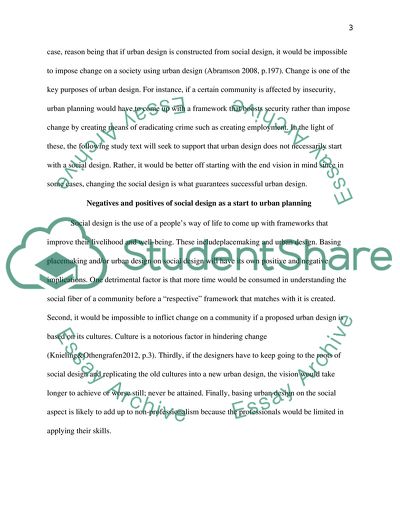Cite this document
(Urban Design Starts with Social Design Essay Example | Topics and Well Written Essays - 3000 words - 1, n.d.)
Urban Design Starts with Social Design Essay Example | Topics and Well Written Essays - 3000 words - 1. Retrieved from https://studentshare.org/design-technology/1858544-urban-design-starts-with-social-design-critically-evaluate-this-statement-in-the-context-of-place-making
Urban Design Starts with Social Design Essay Example | Topics and Well Written Essays - 3000 words - 1. Retrieved from https://studentshare.org/design-technology/1858544-urban-design-starts-with-social-design-critically-evaluate-this-statement-in-the-context-of-place-making
(Urban Design Starts With Social Design Essay Example | Topics and Well Written Essays - 3000 Words - 1)
Urban Design Starts With Social Design Essay Example | Topics and Well Written Essays - 3000 Words - 1. https://studentshare.org/design-technology/1858544-urban-design-starts-with-social-design-critically-evaluate-this-statement-in-the-context-of-place-making.
Urban Design Starts With Social Design Essay Example | Topics and Well Written Essays - 3000 Words - 1. https://studentshare.org/design-technology/1858544-urban-design-starts-with-social-design-critically-evaluate-this-statement-in-the-context-of-place-making.
“Urban Design Starts With Social Design Essay Example | Topics and Well Written Essays - 3000 Words - 1”, n.d. https://studentshare.org/design-technology/1858544-urban-design-starts-with-social-design-critically-evaluate-this-statement-in-the-context-of-place-making.


